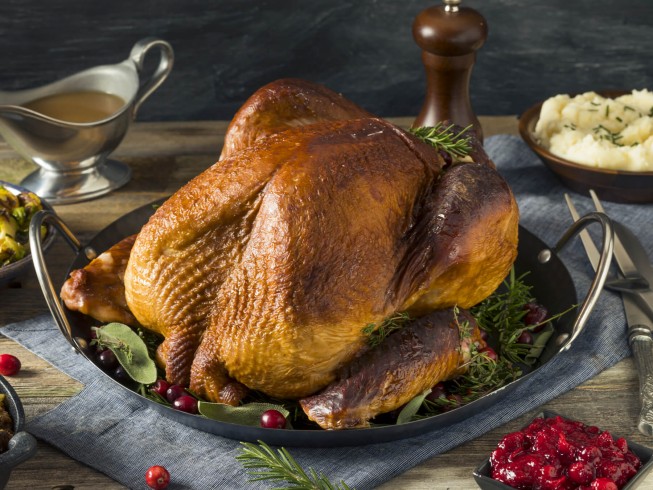
With this recipe, add the soy sauce when combining the two cooled pans of liquid. The rich flavor of the soy sauce is sweetened with brown sugar and can be warmed up with the red-heat of cayenne pepper powder. I enjoyed the cool bite of the ginger along with the other spices. The addition of ginger to the turkey brine was an experiment that went well. This is the brine recipe I used for my Thanksgiving turkey of 2005. The general rule of thumb for brining is at least 1 hour per pound of turkey.Brining a Thanksgiving Turkey Smoked Turkey Brine Recipes For Savory Smoked Turkey Thanksgiving 2005 Brine Submerge the turkey in the cold brine**.** Once the brine is completely cool, add your turkey to it and keep it in the fridge for at least 12 hours and up to 24 hours. To cool your brine quickly, you can dissolve the salt and sugar in a smaller amount of water and then add cold water to it. If the brine is warm when you submerge your bird, it will bring the temperature of the raw turkey into the bacterial danger zone. As important as the boil is letting the liquid cool. To allow the ingredients to completely mix and for the salt and sugar to dissolve, the brine must be brought to a boil. (For an easy brine that’s also delicious consider the Traeger Orange Brine and Turkey Rub Kit.)īring your brine to a boil, then let it cool completely. Apples can add a slight sweetness while lemon and orange peel can add a bit of tang. Garlic, onion, and fresh herbs are always good choices. Adding aromatics to your brine can subtly flavor your turkey.

Adding very salty or acidic liquids such as vinegar, wine, or soy sauce can affect the flavor profile and saltiness of the finished product, so keep those additions to a minimum.īoost the brine’s flavor with vegetables, spices, and herbs. Never replace all the water in a recipe with these liquids rather, think of them as an accent or additional flavoring. Apple cider, stock, wine, beer, and booze are all great options. An easy way to add flavor to a brine is to add other liquids to it. Refrigerate and let turkey sit overnight in the brine. While sugar does not affect the texture of the meat, it does add flavor and promotes browning of the skin.Ĭonsider adding other liquids. To brine a turkey, place it in a food-safe bucket or large non-reactive pot and pour the brine over it. Most brines contain sugar, brown or white. The different salts won't create much of a difference in the flavor profile but could change the salinity of your brine.Īdd some sugar. Due to smaller crystals, 1 cup of table salt weighs more than 1 cup of kosher salt which means that your brine will be more concentrated if you use table vs. Table salt is a small crystal, whereas sea salt or kosher salt is coarser. (At the very least, use ½ cup per.) Any salt will work here but keep in mind that not all salts are created equal. Since salt crystals vary in size, the actual volume amount can vary, but most recipes suggest a ratio of 1 cup of salt per gallon of water. For a brine to be successful the solution needs to be super salty. If using this method, be aware that you will likely need to add additional ice to keep the turkey at a safe, cold temperature (below 40☏). Then keep the turkey cold and submerged by piling bags of ice over and around the closed bags. Pour in the cold brine to cover the turkey and tightly close each bag separately.

No room for that? You can double bag two unscented garbage bags, put the turkey in there, then transfer the turkey in the bag to a large cooler. The hardest part may be finding a pot large enough to hold your turkey in its brine and to make space in your refrigerator for it.

Brining is not difficult to do and is mostly hands-off. No matter how you flavor your brine, it's critical that the brine temperature is below 40 degrees Fahrenheit when you add the turkey, and throughout the entire brining process, so make sure to clear some room in your fridge.įind a container to hold the turkey and make space in your fridge. The general rule of thumb for brining is about 1 hour per pound of turkey, with 24 hours the maximum you should brine any bird. Then, once you remove it from the brine, you want to let it air dry for the crispiest skin, so plan for at least another 12 hours of drying or, better, another 24 hours. How long should you brine a turkey for? You will need to brine your turkey for at least 12 hours (though 24 is better). For the best results, you will want to start the process a couple of days before you plan to cook your turkey. When creating a brine-whether for turkey, chicken, or a rack of ribs-there are a few key steps.


 0 kommentar(er)
0 kommentar(er)
